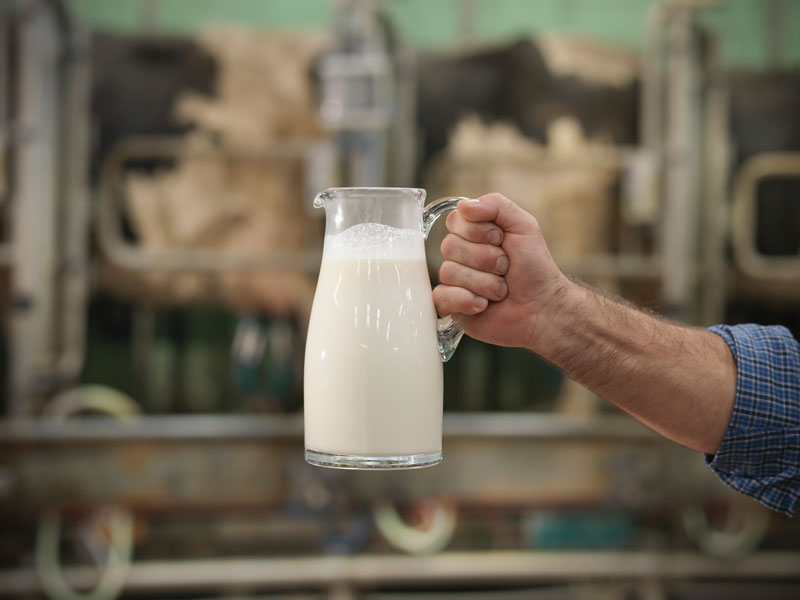
Almost 20,000 tonnes of skimmed milk powder, butter and whey were traded on the European Energy Exchange (EEX) in September, the highest product volume on record.
This provided a much-needed liquidity boost for the market after the hot summer sparked concerns over production volumes.
Skimmed milk powder futures were launched on the EEX in 2010, but the market has been strangled since then by a lack of liquidity in the derivatives sector. Now, businesses in the dairy sector, including traditionally conservative cooperatives, are becoming more active as they look to protect themselves against fluctuating prices.
Volatility has been a consistent feature of the dairy products sector since the mid-2000s
Volatility has been a consistent feature of the dairy products sector since the mid-2000s when the EU began to lower its intervention threshold, where it buys products at a certain level to stabilise prices.
The market received a boost in 2015 when Brussels elected to abolish the quota system, meaning production volumes of EU dairy products would no longer be constrained.
However, low liquidity within EU derivatives markets has made it difficult for buyers and sellers to hedge for the past few years, which has prevented the market from stabilising.
Thanks to the influx of capital from increased trading volumes, key processors are now able to use futures to mitigate price fluctuations. This mitigation will prove particularly important as Brexit draws nearer; the UK’s exit from the EU is expected to have a significant impact on the UK and Irish dairy sectors.

